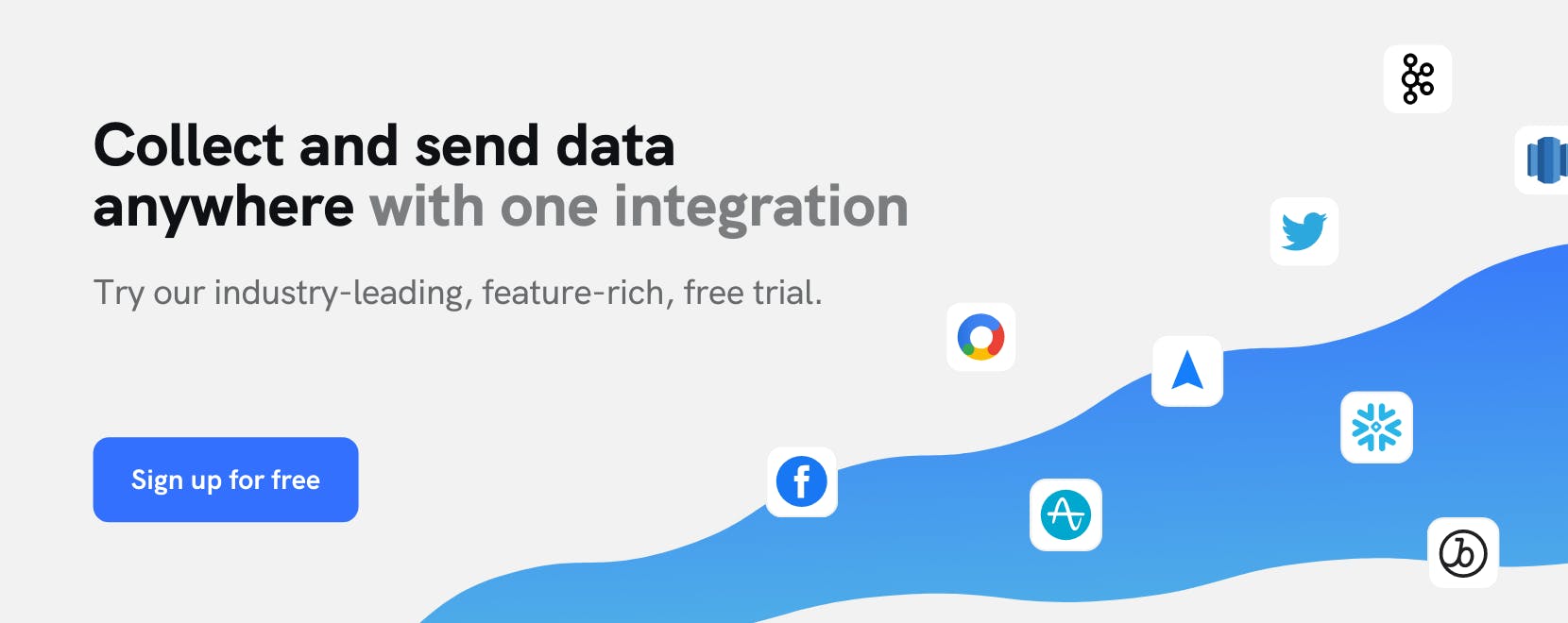Use Cases
Deliver better curbside pickup experiences with Radar

Due to lockdowns, restrictions and temporary closures related to the COVID-19 pandemic, many brands have made online ordering and safety-conscious curbside pickup options available.
Customers, eager to continue getting the goods and services they need, have been quick to adopt these options. According to a NRF consumer survey, more than half of US-based consumers have used buy online, pick up in-store (BOPIS) methods, and a quarter have done so more than once.
Although brands have adapted to offer minimum viable BOPIS solutions, many have faced challenges related to order preparation timing and real time communications to customers throughout the pickup journey.
While traditional dining and shopping is returning, the wide customer adoption of BOPIS suggests that it’s critical for brands to optimize in-transit offerings in order to lay the foundation for the customer expectations of the future.
Step 1: Track location context with geofencing
As the curbside pickup experience is both real-time and highly personalized, success is dependent on having a customer data infrastructure in place that allows your team to track user events and activate that data across systems. To make sure that your customer communications, and pickup preparation, are in-line with your customers’ progress to pick-up, it’s helpful to be able to track customer location data.
By integrating the Radar SDK into your app or website, you’re able to track a customer’s trip in real-time.. When a customer places a mobile order for pickup, a trip is initiated, allowing you to start tracking events, ETAs, and relevant custom metadata (e.g., customer name, car model, or license plate). Radar generates trip events as customers start or update their trip, as well as when they approach, arrive, and stop their trip. These events can be used to trigger pickup instruction notifications to customers and can also be shared with the store in real-time, enabling staff to efficiently prioritize orders and prepare for a seamless handoff to the customer.
Below is an example of Radar's Trip Tracking on iOS:
// order placed or user taps "I'm on my way"
let tripOptions = new RadarTripOptions(externalId: "299")
tripOptions.destinationGeofenceTag = "store"
tripOptions.destinationGeofenceExternalId = "123"
tripOptions.mode = .car
tripOptions.metadata = [
"Customer Name": "Jacob Pena",
"Car Model": "Green Honda Civic"
]
Radar.startTrip(tripOptions)
Radar.startTracking(.continuous)
// order completed or user taps "I'm here"
Radar.stopTrip()
Radar.stopTracking()Learn more about Trip Tracking here.
Step 2: Collect location events into mParticle
Next, you can forward location events from Radar to mParticle where they can be used to inform product decisions and power real-time communications. Once the Radar Feed integration is connected within the mParticle directory, trip events generated in Radar will be ingested into mParticle and will appear in the Live Stream. All data ingested from Radar is tied to mParticle customer profiles, unifying location data with the cross-channel data that you already have available.
Step 3: Use location event attributes to build an Audience
Once location data has been collected into mParticle and tied to mParticle customer profiles, it can be used to build Audience segments. For example, if you'd like to retarget curbside pickup customers in Los Angeles, you can define Audience criteria as curbside pickup trip completed, city as Los Angeles. If you'd like to focus only on loyal customers, you can leverage additional data on the customer profile such number of purchases made, total customer value, or loyalty program status. If you'd like to deliver real-time communications to customers or staff throughout the order experience, you can build an Audience using a `user_has_arrived` event sent from Radar.
Step 4: Connect your Audience
Once you’ve built the Audience segment that you’d like to use, it’s time to activate that data. mParticle Audiences can be connected to any of mParticle's 75+ Audience integrations. If you'd like to use the same segment for multiple use cases, you can connect one Audience to multiple integrations.
For smarter messaging throughout the curbside pickup experience, you can connect your Audience to the customer engagement tool(s) of your choice, enabling you to activate user-level, location-based transactional messaging in real time, at scale. For retargeting, you can connect your Audience to any media system or messaging platform.
Try out mParticle
See how leading multi-channel consumer brands solve E2E customer data challenges with a real-time customer data platform.
Startups can now receive up to one year of complimentary access to mParticle. Receive access

